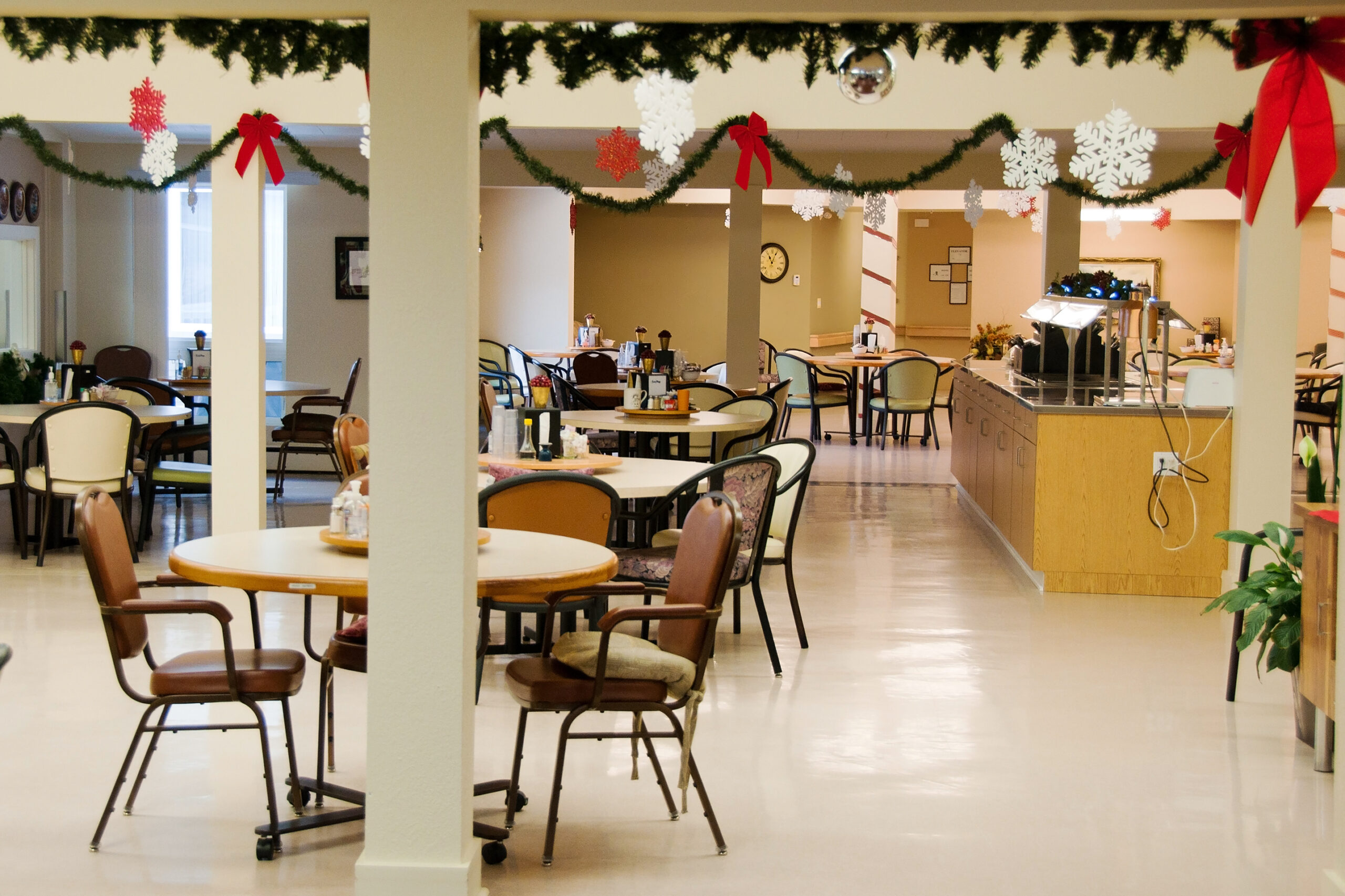
How do Senior Living Cap Rates compare with Apartment Buildings? – by Jason Punzel
A Cap Rate is the most commonly used method in determining and comparing the value of a real estate asset. A cap rate is derived by dividing the annual net operating income by the purchase price. A cap rate, similar to an interest rate, is an indication of perceived risk. Thus, the higher the cap rate, the lower the price of the asset.
According to Senior Care Investor, in 2017 the average cap rate for an independent living facility was 7%, the average cap rate for an assisted living facility was 7.6%, and the average cap rate for a skilled nursing facility was 12.3%. The average cap rate on an apartment building ranged from 4.5% for class A core assets to 5.73% for Class B assets in secondary markets.
Why do senior living facilities have higher cap rates than apartment buildings? Senior living facilities are still considered riskier because an investor is buying the real estate and the operating business instead of just the real estate, as is the case for apartment buildings and commercial real estate. Operating margins are considerably lower in senior living facilities and thus, a much smaller margin of error. If occupancy drops 10% in a senior living facility, it could result in a 35%+ drop in net operating income, whereas, the same drop in occupancy in an apartment building might only result in a 20% drop in net operating income. Additionally, a senior living facility might take ten times more employees to operate than a similar sized apartment building. With more employees, comes more risk.
The upside with senior living facilities is that with a higher cap rate, there is a higher potential return if an operator can continue to maintain and increase net operating income. The cost of debt is about the same, whether a senior living facility or an apartment building, so the opportunity for arbitrage is much greater. For example, if the cost of debt is 5%, and the cap rate on an apartment building is 5.75%, the interest rate arbitrage is only 75 basis points, whereas a senior living cap rate might be 7.5%, resulting in a 250 basis point arbitrage.
Conclusion:
Although senior housing facilities have higher cap rates, and a perceived higher risk, good operators that can maintain and grow net operating income can make a far greater return than with an apartment building. The key of course, is finding the right operator. 
Contact Information:
For more information on what your Seniors Housing Community may be worth, please contact Jason Punzel at punzel@slibinc.com or 630-858-2501.


